| Touchscreen Monitor | Displays the POS interface, allowing users to interact with the system. | Size: 15"-22", Resolution: 1024x768 or higher, Multi-touch capability, LCD or LED. |
| Receipt Printer | Prints customer receipts and transaction details. | Type: Thermal, Print speed: 150-300mm/sec, Paper width: 80mm, Auto-cutter feature. |
| Barcode Scanner | Scans product barcodes for quick item entry. | Type: Laser or CCD, Scan Speed: 100-200 scans/sec, Connectivity: USB or Bluetooth, Scan Range: Up to 30cm. |
| Cash Drawer | Stores cash and coins securely during transactions. | Material: Steel or aluminum, Compartments: 4-6 bill slots, 5-8 coin slots, Interface: RJ11 or USB. |
| Card Reader | Processes credit and debit card payments. | Type: Magnetic stripe, EMV chip, NFC, Connectivity: USB or Bluetooth, Encryption: PCI compliant. |
| POS Software | Manages sales transactions, inventory, and customer data. | Features: Inventory management, Sales reporting, Customer relationship management (CRM), User-friendly interface, Cloud or On-premise deployment. |
| Customer Display | Shows transaction details to customers during checkout. | Type: LED/LCD, Size: 2-line or larger, Resolution: 20x2 characters or higher, Connectivity: USB or RS232. |
| Network Connectivity | Connects the POS system to the internet or local network. | Type: Ethernet (RJ45) or Wi-Fi, Speed: 10/100/1000 Mbps, Security: WPA2 encryption for Wi-Fi. |
| UPS (Uninterruptible Power Supply) | Ensures the POS system remains operational during power outages. | Battery type: Lead-acid or lithium-ion, Backup time: 15-60 minutes, Power rating: 600-1500 VA. |

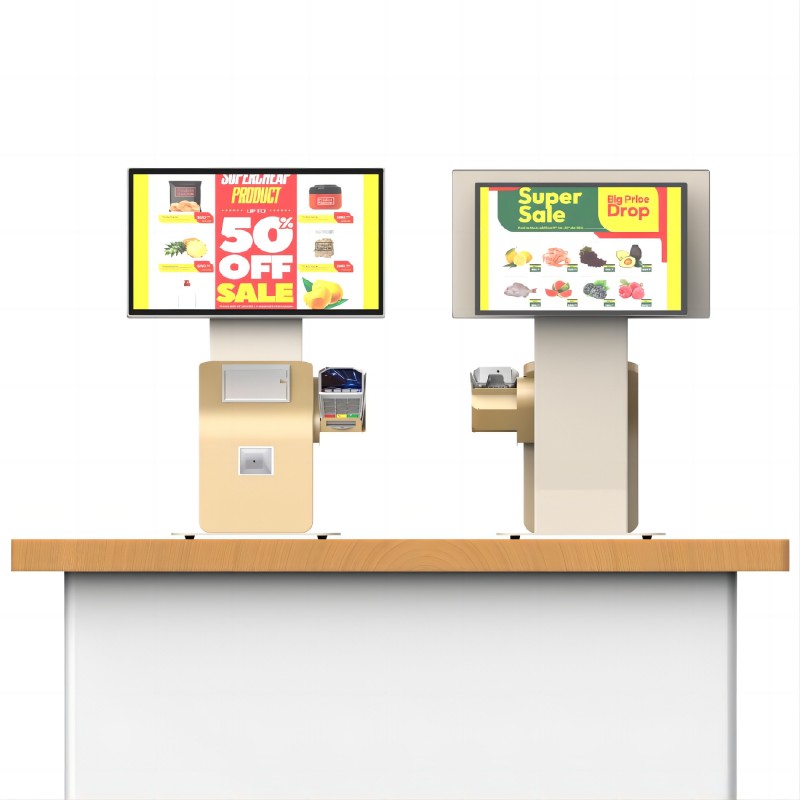
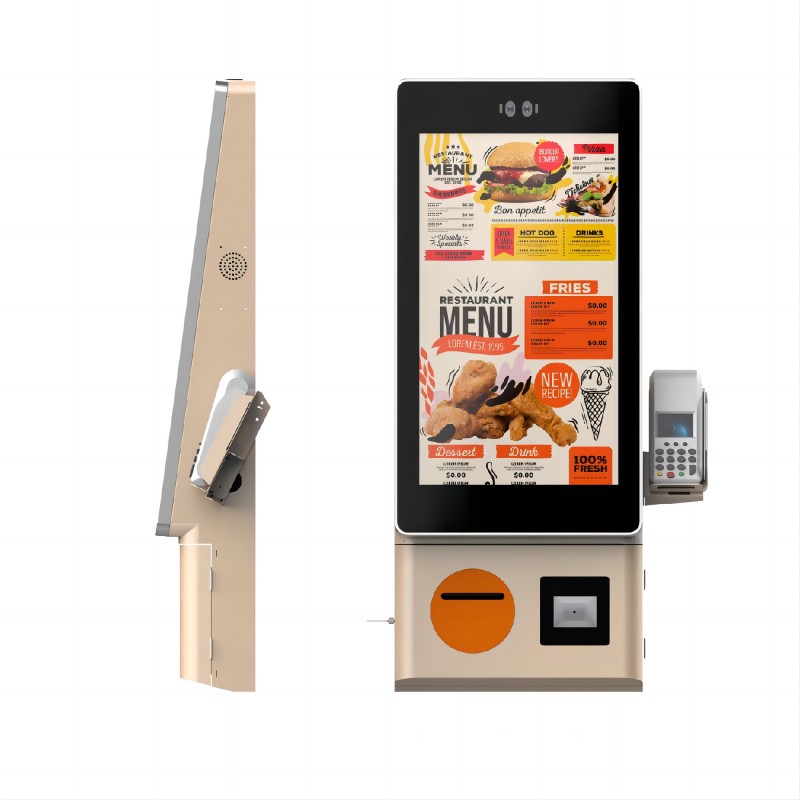
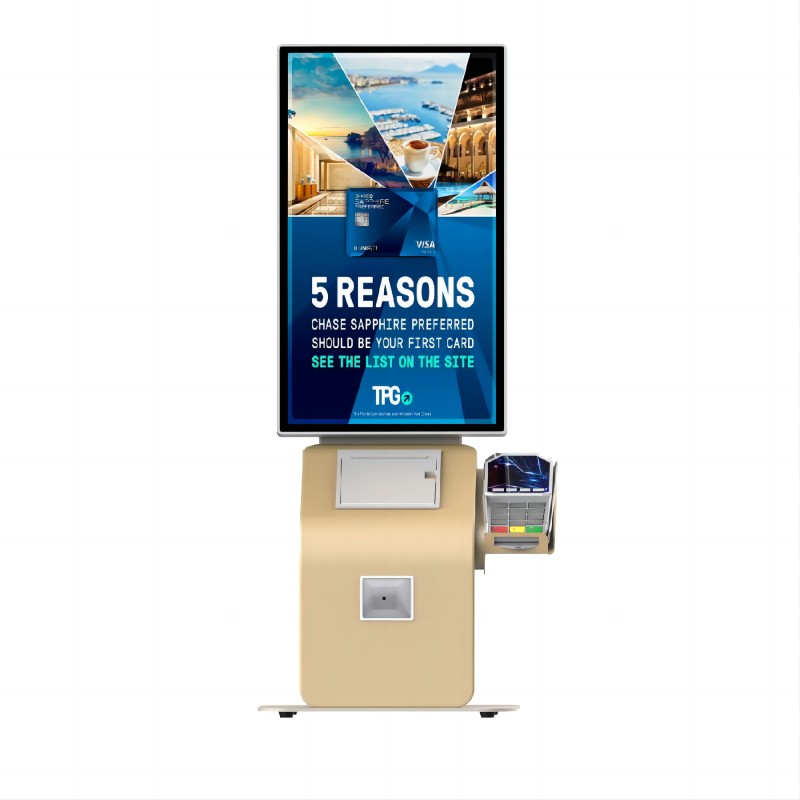
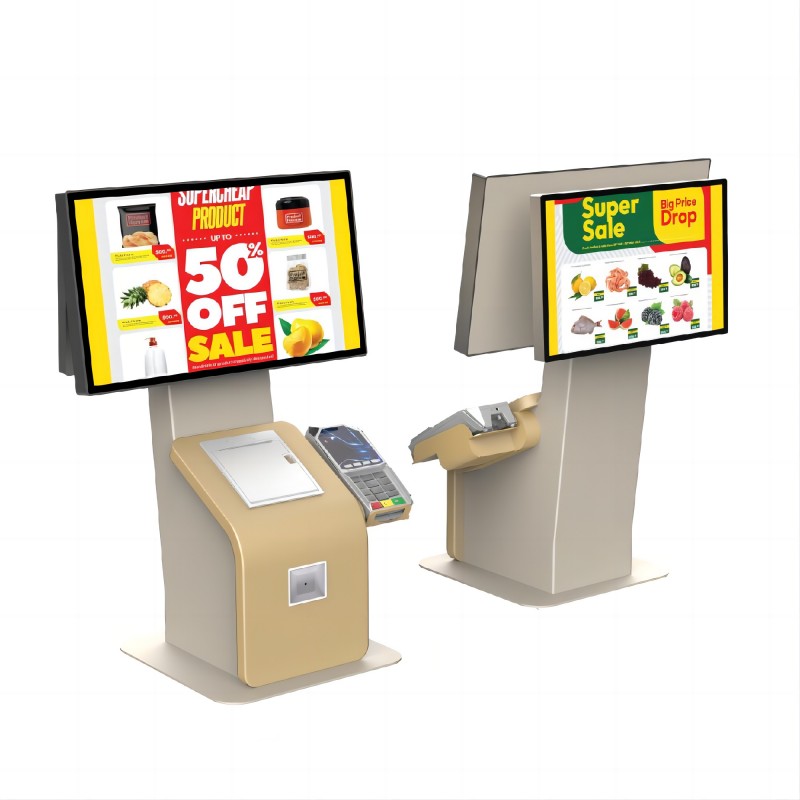
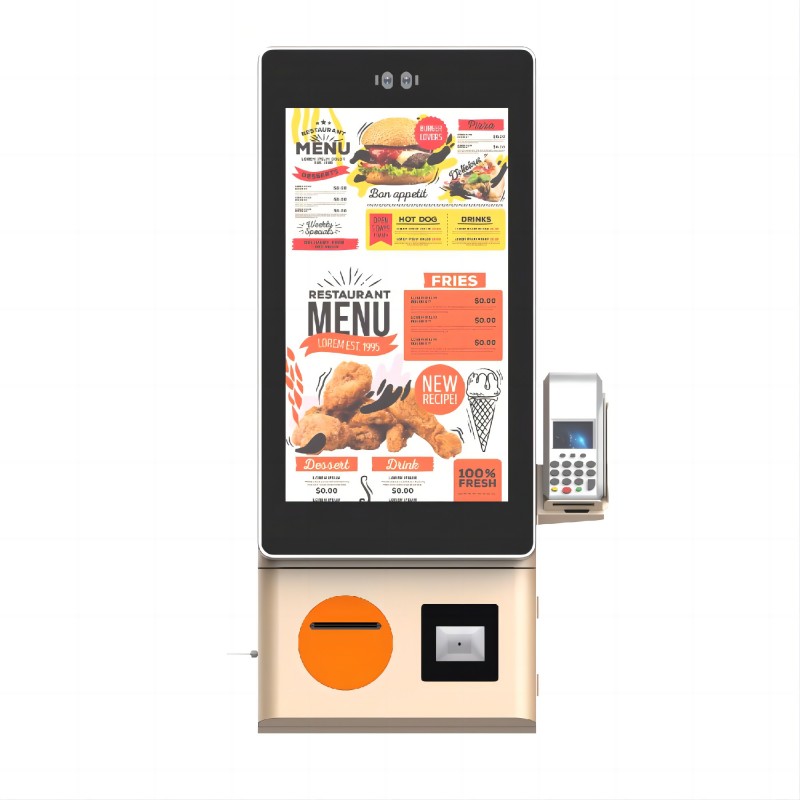
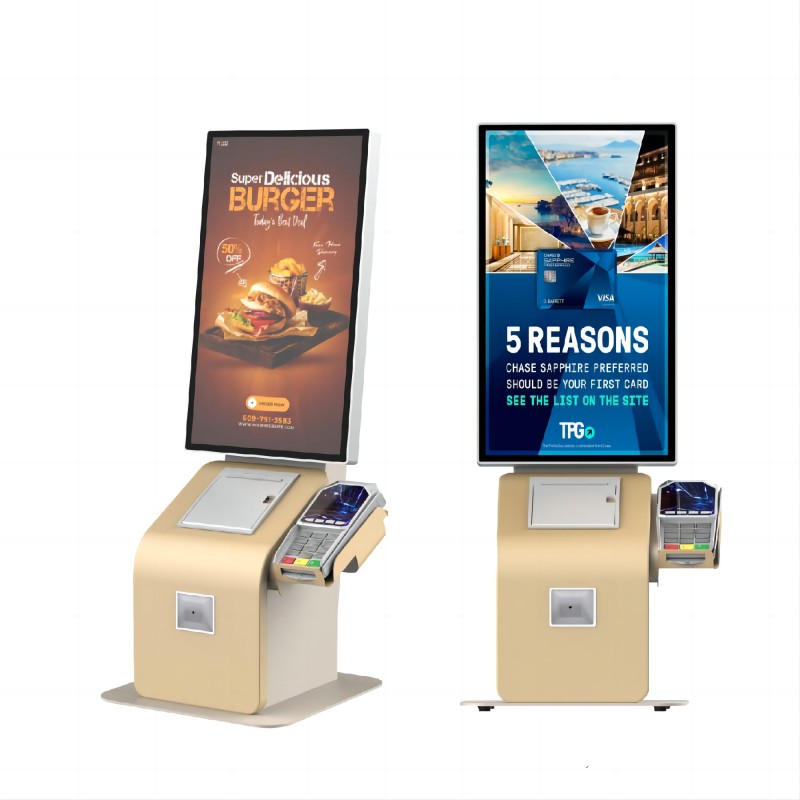
What did our happy clients say?
We recently purchased a POS register and are thrilled with its performance and reliability. The quality is top-notch, and the customer service has been exceptional. Highly recommend this manufacturer for their excellent products and support
The POS register we bought has exceeded our expectations in both functionality and durability. The support team was incredibly helpful and responsive throughout the process. I strongly recommend this manufacturer for their outstanding service and quality.
Our new POS register has streamlined our operations with its user-friendly interface and robust features. The product quality is excellent, and the after-sales support is superb. We highly recommend this manufacturer for anyone looking for a reliable POS solution.
We've been very satisfied with our recent POS register purchase. The product is of high quality, and the customer service provided was prompt and efficient. If you're in the market for a reliable POS system, this manufacturer is an excellent choice!